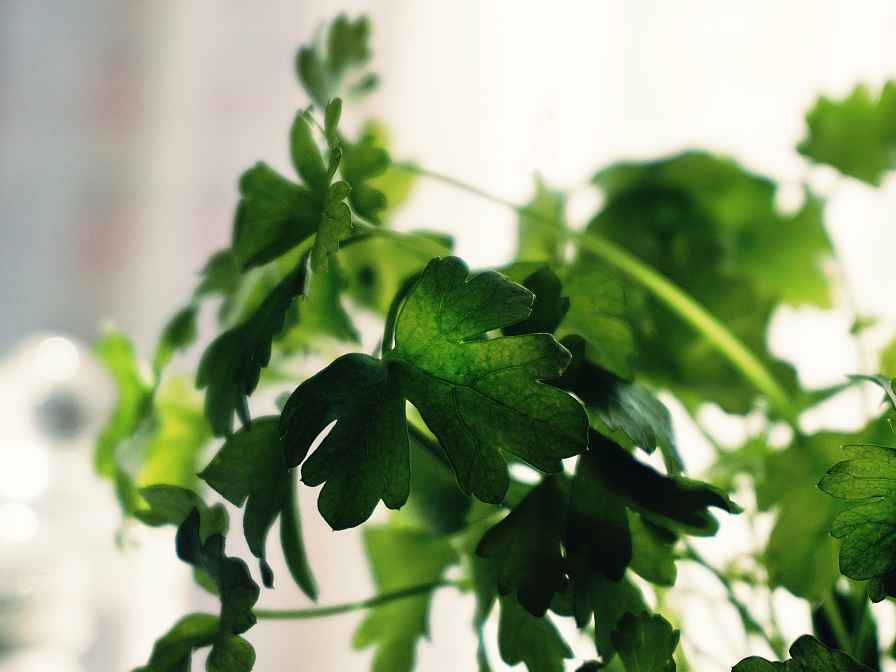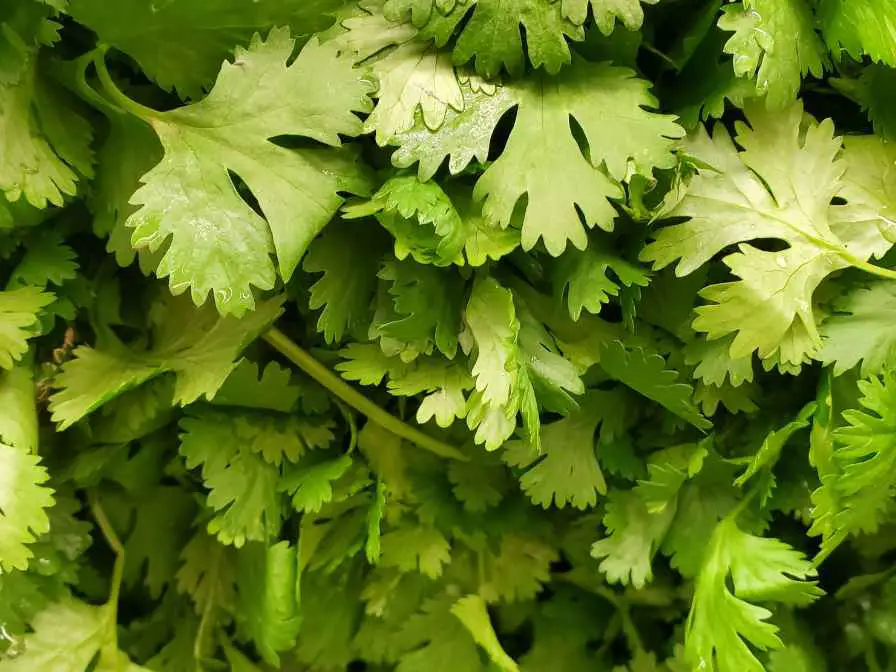Cilantro also known as coriander is the main ingredient in the kitchen. It is medicinal benefits along with culinary benefits. People plant it for home as well as on a commercial basis as well. But the main question arises about cilantro plant care. Well, we are going to tell you about that.

Cilantro plant
The cilantro plant, also known as Corian drum sativum, is a herb that is commonly used in cooking. It is also sometimes referred to as coriander, although in some parts of the world, coriander refers specifically to the seeds of the plant, rather than the leaves.
The cilantro plant is an annual herb that is native to regions of Europe, Asia, and Africa. It is a member of the parsley family and can grow up to 50 cm in height. The leaves of the plant are delicate and lacy, with a distinctive pungent aroma and a slightly bitter taste.
Cilantro is often used in Southeast Asian, Indian, and Mexican cuisines among others. Cilantro is liked for its health benefits, as it is high in antioxidants and contains a range of vitamins and minerals.
It has been shown to have anti-inflammatory properties. Cilantro may be able to control the blood sugar level effectively. However, some people have a genetic predisposition that makes cilantro taste unpleasant to them, often described as soapy or metallic.
Benefits of Planting Cilantro Plant
Fresh herbs
Growing cilantro plants allows you to have access to fresh herbs right in your backyard or indoor garden. This means you can use the herb in your cooking whenever you need it, and it will be at its freshest and most flavorful.
Nutritional Benefits
Cilantro is a rich source of vitamins A and K, and it also contains antioxidants and other beneficial plant compounds. Consuming fresh cilantro regularly as part of a balanced diet can help boost your overall nutrition.
Cost-effective
If you regularly use cilantro in your cooking, growing your cilantro plants can be a cost-effective way to have access to fresh herbs. If you buy such herbs from the stores these are quite expensive and often they come in larger quantities than you need, leading to waste.
Environmental & Gardening benefits
Growing your cilantro plants is a sustainable way to source fresh herbs. It reduces the need for transportation and packaging, and can also help promote biodiversity in your local ecosystem.
Planting and caring for cilantro plants can be a fun and rewarding gardening activity. It can help you connect with nature, relieve stress, and improve your mental well-being.
Planting Cilantro Plant
Cilantro plants grow best in well-drained soil with partial or full sun. Choose a location that receives at least 6 hours of sunlight per day, and has good drainage. Cilantro plants prefer slightly acidic soil.
You can keep the PH of the soil between 6.2 to 7. Add organic matter to the soil such as compost or well-rotted manure to improve its fertility and drainage. Sow cilantro seeds directly into the soil, about 1/4 inch deep and 6 inches apart.
Water the seeds gently to keep the soil moist but not waterlogged. Cilantro plants need regular watering to keep the soil moist. Water them deeply once a week or more frequently if the weather is hot and dry.
Cilantro plants do not require heavy fertilization. Apply a balanced fertilizer once a month during the growing season to provide essential nutrients.
Once the cilantro plants have reached a height of 6 inches, you can begin harvesting the leaves for use in cooking. Snip off the outer leaves as needed, leaving the center of the plant intact to continue growing.
Cilantro Plant Care
Caring for cilantro plants is important. This little care of yours will make sure you get a constant supply of cilantro. It is a hardy plant. It can grow for a longer period. Here are steps to follow for cilantro plant care.
Watering requirements
Cilantro plants need regular watering to keep the soil moist. Water them deeply once a week or more frequently if the weather is hot and dry. Avoid overwatering, as this can lead to root rot. If it rains do get the water out, otherwise, it can cause the base of the cilantro plant to melt down.
Fertilization Requirements
Cilantro plants do not require heavy fertilization. Apply a balanced fertilizer once a month during the growing season to provide essential nutrients. Too much fertilizer can lead to excessive leaf growth and a decrease in flavor.
Sunlight Requirements
Cilantro plants require at least 6 hours of sunlight per day, but they also benefit from some shade during the hottest part of the day. If growing cilantro indoors, place the plants near a sunny window or under grow lights.
Temperature Requirements
Cilantro plants prefer cool temperatures between 50-85°F (10-29°C). They may bolt (produce flowers and seeds) if exposed to temperatures above 85°F (29°C). Plant cilantro in the spring or fall for best results.
Soil Requirements
Cilantro plants prefer well-draining soil that is rich in organic matter. Drainage and nutrient requirements of the soil can be improved by adding organic matter like compost or others. Just make sure that the PH is between 6 and 7.
Pests and Diseases
Cilantro plants are generally resistant to pests and diseases. However, they can sometimes be affected by aphids, spider mites, or fungal diseases. Monitor your plants regularly and treat any problems promptly with organic insecticides or fungicides.
Harvesting Cilantro

Cilantro leaves can be harvested once the plants have reached a height of 6 inches. Snip off the outer leaves as needed, leaving the center of the plant intact to continue growing. To extend the harvest season, plant cilantro seeds every few weeks throughout the growing season.
In short, the cilantro plant is a great addition if you plant it in your garden. It has great culinary and medicinal value. It can be used for a longer period. Cilantro plant care is quite easy. You just have to keep the balance. Don’t over-water it and provide adequate fertilizers.
FAQs
What conditions do a cilantro plant need to grow?
Cilantro plants need balanced conditions to grow well. You need to make sure that the soil is rich in nutrients and has a PH between 6 to 7. It needs a slightly cool temperature to make sure that there is no excess water. Harvest it evenly.
Is cilantro hard to take care of?
Cilantro is relatively easy to take care of. You just have to pay little attention to make sure it grows well. Water it on time, as needed, and do look for pests and diseases. During rains drain the water out of it.
What is the best climate for cilantro?
Cilantro is like a normal climate of spring and falls to grow. It cannot do well in very hot conditions. Harsh summers can cause it to die. You can control the climate by providing an adequate amount of water to it.
